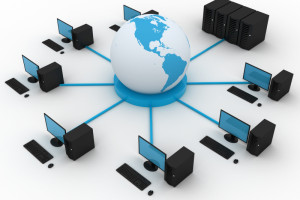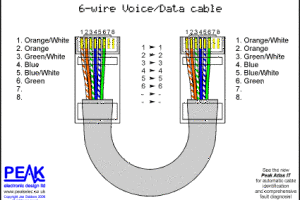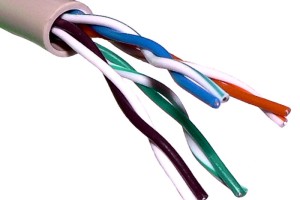Fiber Optic Cabling: Technology of the Future?
For the last fifteen years or so there has been a great deal of conversation surrounding structured cabling and fiber-optic technology. This sort of cabling is still being perfected, though in its less-than-stellar-form has already been put to wide-spread use in the cabling industry. Thinly stretched strands of glass are made at high heat and high pressure and the science of reflective technology allows them to carry high resolution images and information from one end of the wiring to the other. It is ideal for computer and information networking because fiber optic cables are flexible and can be coiled and used across long distances. There are those who see this as the way that cabling will continue to head in the future, and there is an equally large percentage of nay sayers who point out the flaws in use and production of optic cabling. Although the verdict is still out, looking at the various applications of fiber optics today can help us to gain a better grasp on its advantages and flaws.
Optic Fiber for Communications
The biggest use for fiber optic cabling today is for computer network communications. Especially for large network providers and companies that work to install and sell networks to homes and small businesses, ‘Fiber Optic’ has become a buzz word that helps to move their services. Fiber Optics are often touted to make for better, faster connections as well as greater clarity and image quality. It is used for television network transport and image heavy internet situations. Structured Cabling contractors, as well as techs at larger operations often order their supplies from a warehouse or bulk supplier. Structured Cabling Products, a Florida cabling equipment company is one such bulk supplier. Operating mainly through their website, scpcat5e.com, SCP moves cables and cabling materials of all sorts. Optic cabling supplies or scp-o is no exception. Selling cables in bulk allows service providers to be well stocked with the tools they need, and operating from an online market allows the warehouse-direct prices to remain low. Because scp-o cables can carry more info than most standard electrical cables, not as much length of cable is typically needed. Also, because scp-o optic cables do not conduct electricity as other copper based ethernet cables do, they do not cause signal leakage or frequency interference. This makes them an excellent solution for high voltage scenarios where cables are asked to stand up to a lot of cross-fire. These scp-o cables tend also to be more secure, as they have no electrical connections and are therefore more difficult to tap.
Optic fibers are used for many things besides network communications, like the scientific measurement of things like temperature, pressure, polarization and wavelength. They are also used to make many toys, pieces of art and medical scoping and viewing tools. The main flaw in fiber optic cabling is that the production process has yet to be made perfect. As glass fibers are stretched, tiny chips and flaws occur, causing the cable to eventually degrade, along with its information carrying abilities. Still the advantages of using scp-o over other technologies are obvious. Only time will tell how far into the future we will be talking about, and using fiber optic technology.




